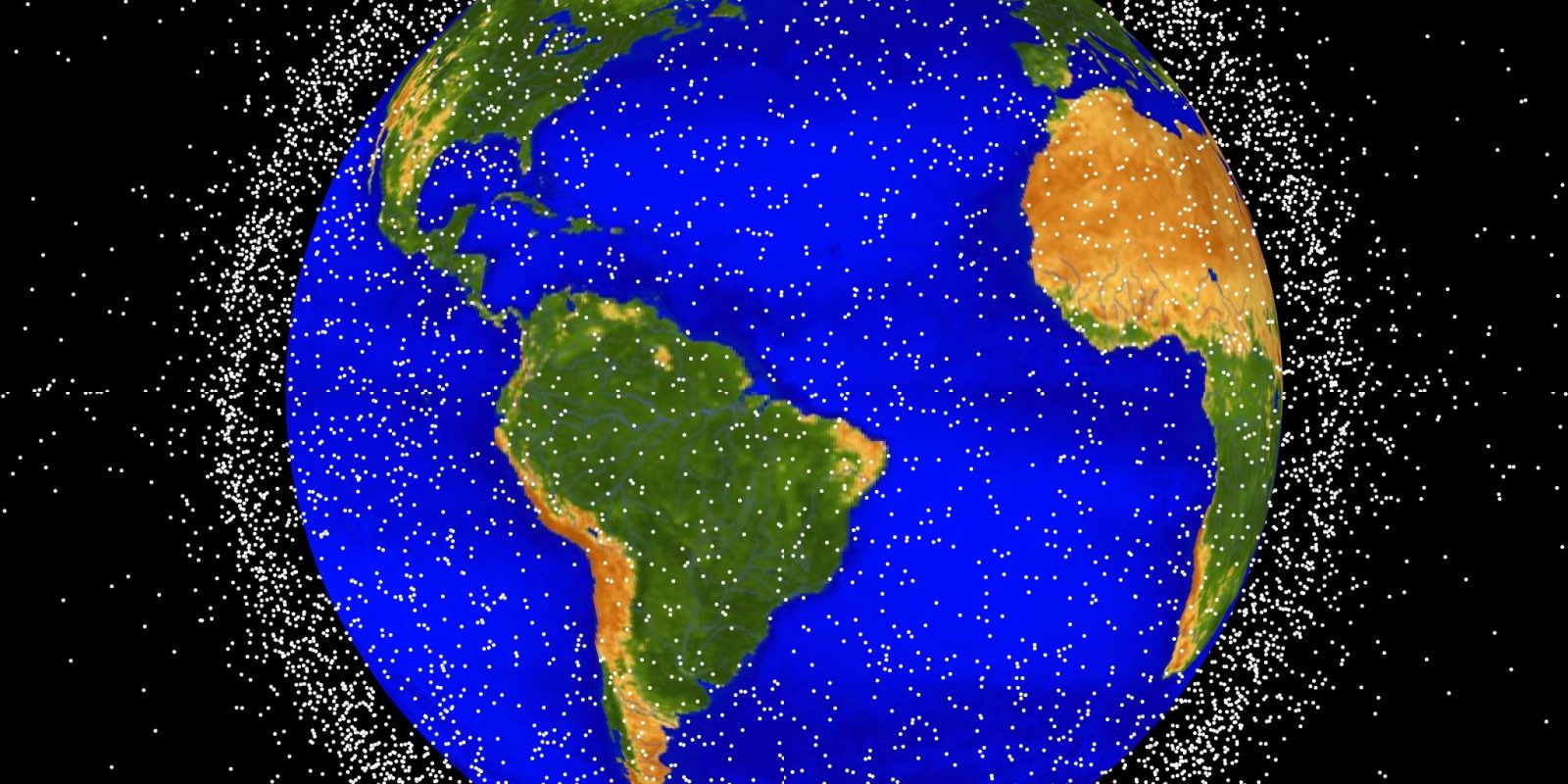
NASA revealed its comprehensive Space Sustainability Strategy April 9, aiming to tackle the escalating threats posed by space debris in Earth’s orbit. This initiative, as detailed by NASA Deputy Administrator Pam Melroy during the 39th Space Symposium, prioritizes understanding the complex nature of space sustainability and developing methods to mitigate associated risks.
The strategy outlines six goals, starting with the establishment of a framework to better comprehend and address space sustainability issues.
“The release of this strategy marks true progress for NASA on space sustainability,” Melroy said in an agency news release. “Space is busy – and only getting busier. If we want to make sure that critical parts of space are preserved so that our children and grandchildren can continue to use them for the benefit of humanity, the time to act is now. NASA is making sure that we’re aligning our resources to support sustainable activity for us and for all.”
According to Charity Weeden, NASA’s Office of Technology, Policy, and Strategy’s associate administrator, the framework incorporates economic and technological dimensions to successfully navigate the intricacies of the problem.
One of the critical objectives of this strategy is identifying and understanding the key uncertain factors that impact space safety. NASA aims to pioneer advancements in sensing and predicting the space environment, explore new operational methodologies, and identify cost-effective ways to reduce debris creation while managing risks associated with existing space junk.
Join our Discord Server: Join the community with forums and chatrooms about space!
Subsequently, NASA plans to invest in technologies critical for space sustainability, including orbital debris management, enhanced space situational awareness, and traffic coordination. These technologies would form a portfolio aimed at addressing the issues identified in the framework and tackle uncertainties head-on.
Moreover, the strategy emphasizes updating internal policies for debris mitigation and supporting active debris removal technologies. Melroy highlighted ongoing efforts to loosen constraints on NASA’s support for such technologies and to foster coordination with other federal agencies, as well as commercial and international space users.
A significant partnership underlined in the strategy is the collaboration with the Office of Space Commerce on the Traffic Coordination System for Space. This cooperation is aimed at bolstering research and development efforts that would mutually benefit NASA and the Office of Space Commerce’s technological investments.
Lastly, NASA intends to reinforce its organizational focus on space sustainability by hiring a director for space sustainability in the coming months. This move underscores NASA’s commitment to leading the implementation of the strategy without venturing into regulatory or operational roles.
The urgency of addressing space debris was vividly illustrated by a February 28 close encounter between NASA’s TIMED spacecraft and a defunct Russian satellite, Cosmos 2221, which narrowly avoided a catastrophic collision. This incident, as shared by Melroy, serves as a stark reminder of the pressing need for action in space sustainability.
FTC: We use income earning auto affiliate links. More.




Comments